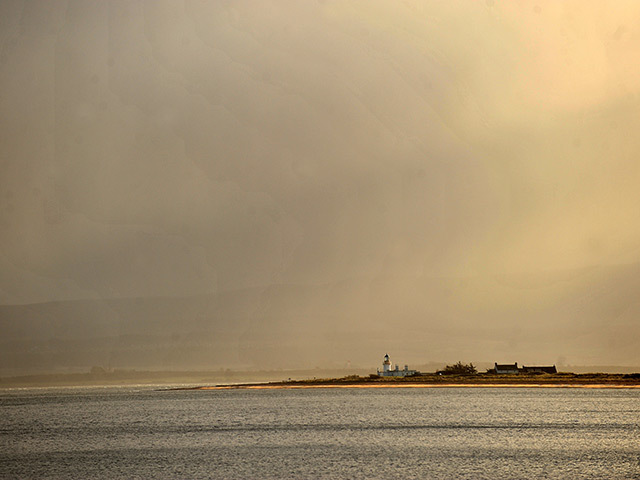
The carbon dioxide storage potential of a site in the Moray Firth has been significantly overstated, new research suggests.
The Captain Sandstone saline aquifer has been “widely hailed” in recent years as having the potential to store 15 to 100 years of carbon dioxide output from Scotland’s power industry.
However new research from Heriot Watt University in Edinburgh suggests the geology of the area would make it prone to gas leaks which would weaken the case for CO2 storage there.
The scientists are calling for attention to be focused on sites where CO2 has been found already and said that the “exploration disappointments” of the oil and gas industry present a “clear opportunity” for carbon storage.
Professor John Underhill, chief scientist at Heriot-Watt University, said: “Previous CO2 storage studies have primarily focused on the use of subsurface reservoirs in depleted oil and gas fields or regionally extensive saline aquifers.
“Given the perceived scale of the challenge and the amount of CO2 that needs to be sequestered to stabilise or reverse emission levels, the geological focus has largely been on regional saline aquifers because of their lateral continuity, gross rock volume, and large storage capacity.
“However, it is essential that the right site is chosen to prove the potential of this technique and demonstrate that CO2 can be safely stored and will not leak to the surface. Poor site selection and gas leakage will undermine the credibility of geological storage.”
He added: “For the past seven years, the Captain Sandstone saline aquifer, which lies buried beneath the Moray Firth, has been widely hailed as having the potential to store between 15-100 years of CO2 output from Scotland’s power industry.
“Our research concludes that this is the wrong exemplar to choose because the tilt of Britain leads to it rising to subcrop the seabed with few barriers to arrest gas escape and has caused fault reactivation.
“If leakage occurs, which the geology suggests it will, then the case for CO2 storage will be weakened and potentially undermined.
“We should be focusing attention on sites where CO2 has been found already as that proves that the trap and seal works on geological time scales.
“Although these sites are the exploration disappointments of the oil and gas companies, they present a clear opportunity for carbon storage.”
The researchers’ interpretation of the seismic data highlighted that the aquifer is a continuous, interconnected reservoir that rises to a subcrop, a formation close to the surface, in the western areas of the basin as a result of uplift and tilt of the UK’s subsurface around 55 million years ago.
The aquifer therefore forms an open system with few barriers or sizeable closures to stop or trap light fluids and gases en route to the western subcrop.
Data also indicates the saline aquifer is cut by several faults, some of which breach the seal of the Captain Sandstone aquifer, rise to the seabed and increase the risk of seabed leakage.
The study found despite its large storage capacity, the dip, subcrop and fault reactivation affecting the aquifer suggests it lacks integrity as a potential storage site.
The paper is published in Interpretation, the peer-reviewed, international publication of the Society of Exploration Geophysics and American Association of Petroleum Geologists.
The research was funded by the Scottish Overseas Research Scholarship Award Scheme (SORSAS) and co-authored by PhD student Gustavo Guariguata-Rojas.
Recommended for you
